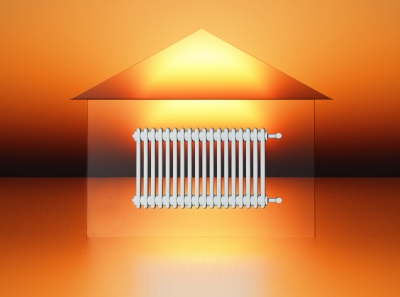Radiator cold spots are one of the most common boiler problems. If not taken care of right away, they can stop your boiler from working. However, radiator cold spots do not always need a professional to get detected and fixed.

Radiator cold spots are caused by…
- If the cold spot is at the top of the radiator, it is likely caused by air that entered the system or hydrogen in the system from a corrosion. This will likely require frequent venting.
- Cold spots that are located in the middle or the bottom of the radiator usually come from magentite build up, a black sludge that is iron oxode formed from the corrosion of electrolytes. If the spots are found all over the system, there is probably bacterial contamination.
There are several ways to resolve this issue.
Bottom radiator cold spots that are caused by rust can be reduced by doing continued maintenance. You can do this by keeping the radiators vented and by using special chemicals on the central heating system.
You can also install a Magnaclean to remove rust continuously. A professional engineer with clean the Magnaclean during your annual boiler service.
Another solution is power flushing. This is done by using very strong chemicals and adding them to the system. The radiators are then vibrated to loosen the rust. Power flushing is done to each radiator to remove the worst rust. However, if the system is in really bad shape and has been in that state for years, this will not clear all of the radiator cold spots.
Take note that doing these – especially a power flush – needs expertise and care. Incorrect flushing will only disturb the sludge and result in redistributing it throughout the system, making your problem bigger. If the sludge reaches your boiler, the water flow could get restricted.
Also, if you are looking to do a boiler replacement, you want to ensure that the sludge and debris are removed first. If they remain until the boiler installation, they will make their way to your new boiler causing the same problems and limiting its efficiency and life span.








